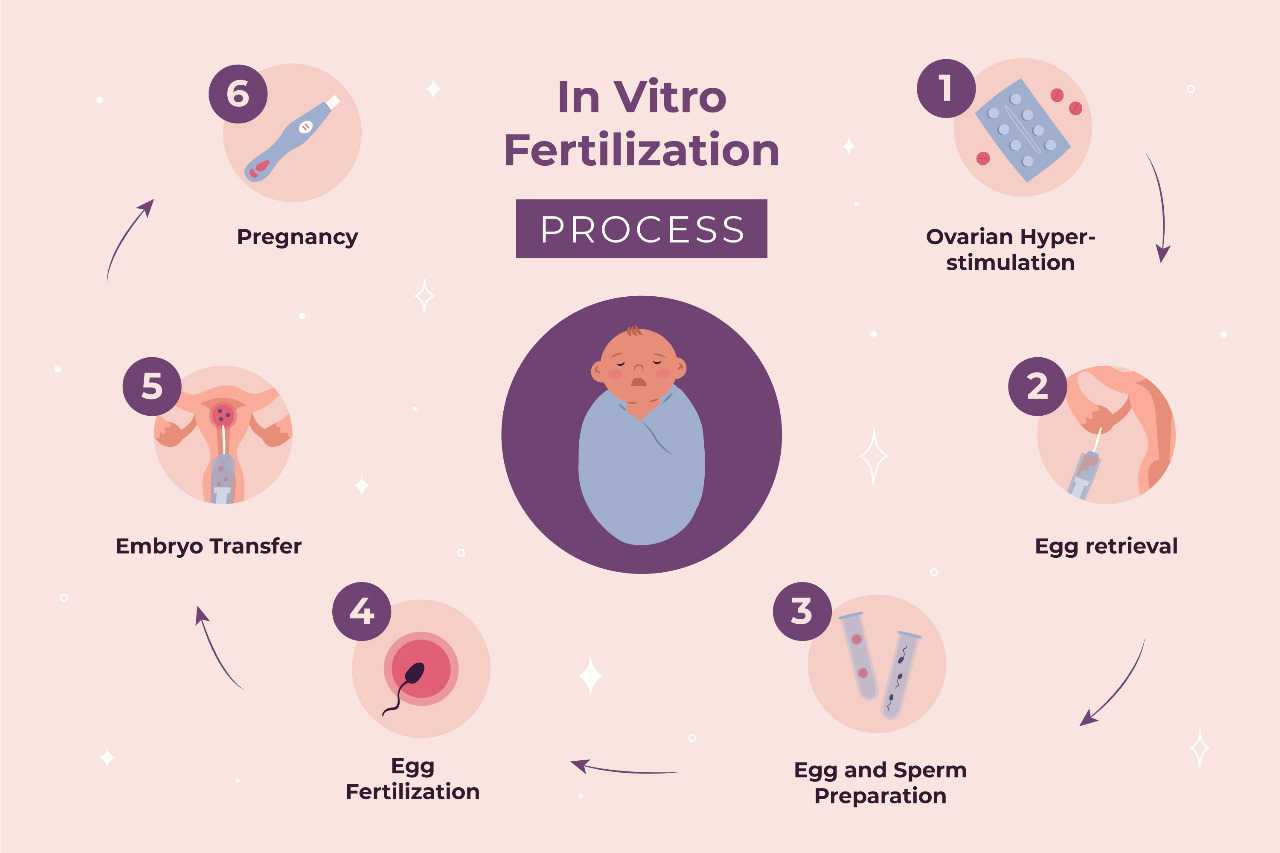
Bulky uterus: Causes, Symptoms, and Treatment options
The Role of the Uterus in Pregnancy
What is a bulky uterus?
Common causes of a bulky uterus
- Fibroids: Non-cancerous uterine muscular growths that can expand the uterus.
- Adenomyosis: A disorder in which the endometrial tissue that lines the uterus develops into the uterus's muscular wall, causing it to thicken and expand.
- Uterine polyps: Tiny growths adhered to the uterine wall's inside.
- An enlarged uterus is another symptom of polycystic ovarian syndrome or PCOS.
- Fluid-filled sacs known as ovarian cysts can develop within or on the surface of the ovary. Ovarian cysts are often benign. However, if cysts grow to be too big, they might result in more severe side effects, including an enlarged uterus.
Bulky Uterus Symptoms
Most of the time, the condition has no symptoms. However occasionally, it may have symptoms:
Impact of a bulky uterus on fertility
The effect of uterine enlargement on fertility and pregnancy may differ based on the particular cause and extent of enlargement. While some women with large uteri may have little problem becoming pregnant or bringing a pregnancy to term, others can face challenges.
Therefore, it's important to speak with a healthcare professional or a fertility expert if you have questions about your ability to conceive or if you are experiencing difficulties doing so because of a large uterus.
Diagnosis of bulky uterus
When a doctor does a pelvic exam and discovers that the uterus is bigger than expected, the diagnosis is typically suspected. A transvaginal ultrasound is then used to confirm it. In most situations, the reason may be found in the same sitting as the vaginal ultrasound, which is performed to measure the size of the uterus.
A doctor may occasionally advise you to get advanced imaging, such as an MRI, to confirm the diagnosis if they think it's necessary.
Treatment Options for Bulky Uterus
If a woman is diagnosed with a bulky uterus, she can choose from several treatment options. The etiology of the condition determines the course of treatment.
Hormone therapy is the most popular kind of treatment since it helps control hormones and thin the endometrium.
Other possibilities include hysteroscopy and laparoscopy, which use a camera to check into the uterus and remove any growths that aren't normal.
When alternative therapies don't work or in some situations, surgery could be required to remove the extra tissue.
To assist a woman become pregnant in situations of infertility, in vitro fertilization, or IVF, may be advised.

